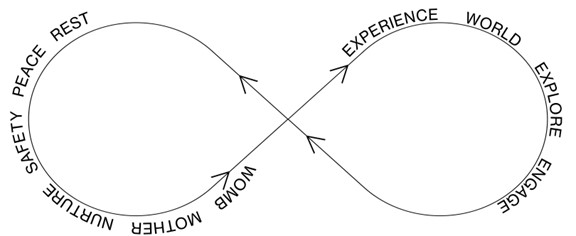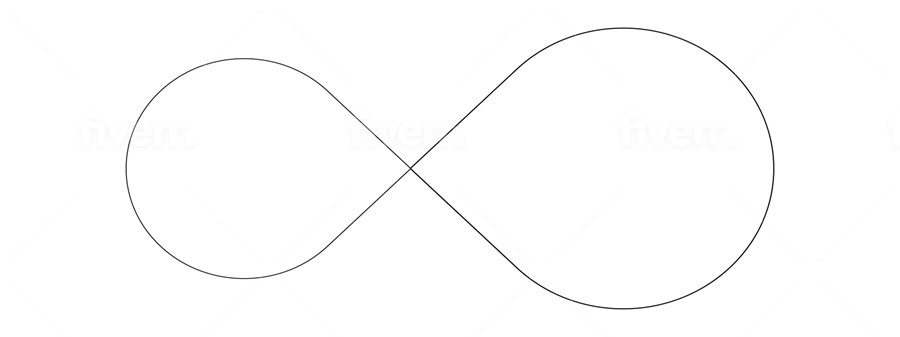
So, what did I learn?
Working with the issues that these people do, in a toxic environment of humanitarian work where the state seems to fight against your progress, Greece will chew you up and spit you out, simple as that. However, it is also a profound place of ‘getting well’ as seemingly happens when a person comes to the end of themselves, or as I will explain, comes to the end of the ‘shelf life’ for old coping mechanisms and survival skills which have been in play since childhood or their teens.
These coping mechanisms, in truth, are to be celebrated, since without them, we would not have got as far as we have, and yet, these seemingly old friends, are now in reality in the way of where we need to go next. “What got you here, can’t get you where you’re going” and where you’re going is into adulthood, towards healthy independence and self actualisation.
I would suggest that as well as the general strain of working in crisis humanitarian contexts, it’s usurping every last drop of your internal emotional capacity and playing havoc with your ability to provide quick and easy comforts for temporary relief, it’s the physicality of being away from home, away from the familiar. These extended and over extended periods away from what is, for some, their context of normal, of peace and rest, means that you have very few places to hide or to recover.
The Eight, laid on its side is the same as the symbol of eternity and can, I hope, give us a sense of journey, a necessary rhythm but a journey to where and from where?
The suggestion is that one side is a place of safety and the other a place or experience, one the place of peace and rest, the other of challenge and exploration. All of us need a place to recover, to gather ourselves back to ourselves and in part this is the basis of most work / life balance, and whilst there can be a physicality to these places of peace, it is also an internal place of calm and restoration which should be part of our normal cycle or flow of life, ebbing and flowing.

As we grow and develop it is possible that we need this place less since we have learnt to have better boundaries in work and life which makes our being out in experience more sustainable, but for many this is still a work in progress. The place of nurture is also the place of addressing our core self and as such, our journey out should, we hope, be as one who is increasing well, transformed, changed. A reason for this is that the recovery nurture place is also where critical foundations of the self are laid and perhaps laid anew, enabling much healthier boundaries and an understanding of our needs whether they are unique to us as an individual or common to all.

At an aspirational level, that is perhaps where we want to be, not in a place of withdrawal but in a place of engagement with an enabling cyclical flow, not in reaction. So what if that place of engagement is toxic and wearing, with all of your familiar places of nurture and safety out of reach or not serving you?
When we can’t recover, we cope, when we can’t disengage, we distract and when we cannot heal, we self comfort. Nothing exposes learned behaviours, adopted coping mechanisms, and people living out of childhood survival mode more than extended periods of stress and exposure to difficult work/life environments. The reality of what it exposes is, in my experience, a whole list of ‘end of shelf life’ coping mechanisms. Coping mechanisms are about managing the self in the context of the world and others, which our launch into life may have informed us is an unsafe place, where we must protect ourselves. It’s why I say the work amongst the refugees and toxic Greek environments will chew you up and spit you out, but it will also lay you bare in such a way that you my grow beyond those things which have simply helped you cope and get through. When coping mechanisms are shown to be limited or are failing as is often the case because they were not ‘forever’ tools, we fall upon comforts, temporary but immediate relief from what we are now feeling, which is exposed, raw and vulnerable. All of the usual suspects come out to play at this point, alcohol, drugs, sex (of the kind which slowly erodes more than affirms), control through food and physical self-harm. Social media and doom scrolling also become places where we can experience trance like ‘switching off’ as a momentary distraction from all that causes us anxiety.
It is at the crossroads of the 8, in between prolonged or harmful exposure and an inability to retreat to what may allow us rest and healing (if we have such a place due to complex history), that we most fall upon our self-medication tools. At least we have those, right? And yet any length of time with our temporary alleviation tools can cause us further harm, perhaps exacerbating, worsening or prolonging our time being over exposed in experience, exploration, world or work with its sense of threat, hostility, unrealistic demands and the continued loss of self.

Resilience is often a buzz word, especially in our referencing how children have a primal survival capacity in creating ways to deal with that which they need as a child but do not get, and that which no child should experience. Children are not sufficiently equipped to process emotionally or to find some objective distance from their experience, so they simply feel, they feel ‘everything’. Resilience is meant to be a passing resource, a way of dealing with adversity, it is a place we pass through not a place to live and yet it seems many of us do, as we continue to take our childhood survival modes into adulthood with us.
There is one religious text which I feel is relevant to this situation although I find it necessary to give it a bit of a personal re write, I hope you get the idea: ‘When I was a child, I thought like a child, felt things like a child and had to deal with a whole bunch of difficult shit that I wasn’t equipped to work through. But now I am full grown, I can put that stuff down, I can visit it and process it to a degree that only an adult can, I do not need to be afraid of it, nor do I need to live out of it’.
The limitation of the Healing 8 as a tool is that it supposes that the individual has a place that is safe, people or contexts, which are nurturing and restorative. Perhaps it is not actually a limitation, since it brings into the narrative an understanding of a persons foundations or lack thereof, foundations necessary to move towards self-actualisation. It has been a frequent outcome of the dialogue, that the need to cycle back as a process of our journeying outward, highlights the deficits of what one would associate with nurture, rest and recovery. Many of us can find that our need of recovery and nurture exposes that our family or perhaps education contexts were not this and as such a healing walk through our historical journey can bring about the place of peace we are seeking within. Whilst some places of withdrawal may have physicality, in that it can be a building, a geography and people, there is no greater place of recovery than the one, which addresses our ‘inner’ conflicts, cycles of behavior or life inhibiting beliefs.
The thing is, this relates to most of us. If I were to take just two minutes with your eyes closed, describing you holding a lemon, turning it and feeling its texture with your hand, perhaps scoring the skin with a fingernail and smelling that pungent ‘just picked’ aroma, you’re already halfway to remembering its sour taste and with your mouth beginning its saliva inducing reaction. We all have demeaning self- critical voices in our head, some more manageable than others. Given the right environment of stress or crisis, many of those things become louder, becoming present from the unconscious to the conscious. They can rise to the point that they become a dominant narrative or feeling, demanding as they do, that we give them some life changing attention, dealing with them at source if required, cognitively re wiring our thinking. We can take the comment; ‘if you don’t use it, you’ll lose it’ and turn it around in the hope that with tools and resources, we can begin to cease using it, eventually lose it and course correct the ship called ‘me’.
It is why I have come to the conclusion that humanitarian work in a toxic hostile environment such as it is in Greece, where a frequent or constant erosion of the self without access to objective understanding and recovery, can also bring a person face to face with significant opportunities for growth, healing and personal development. It is the nature of all toxic environments that it exposes any inability to withdraw, to recover and perhaps uncovers the life long coping mechanisms, learned long ago, which are no longer fit for purpose. In truth it shows us that those things which got you here, born out of childhood resilience and drawing upon our primal survival mode, cannot always get you where you need to go next, which is towards more life, because surviving is not living.
Main photo by Julie Ricard on Unsplash


